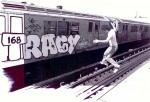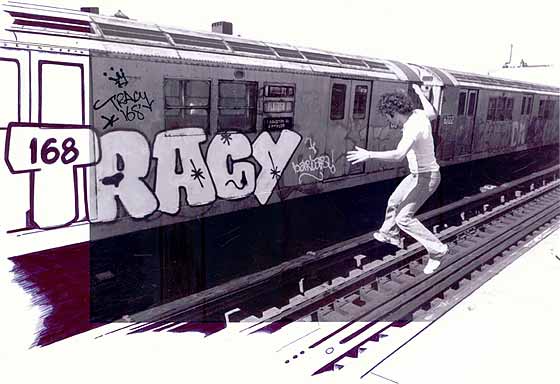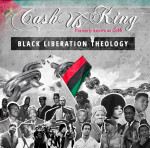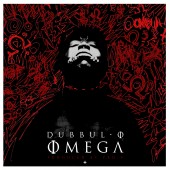Graffiti today is such an accepted part of youth culture that it’s hard to imagine what New Yorkers experienced in the early seventies, as they watched their city become steadily tattooed with hieroglyphics. Some saw it as vandalism and a symbol of urban decay. But for the writers who risked life, limb, and arrest, and the teenagers, filmmakers, and, eventually, curators who admired them, graffiti was an art form. Galleries and museums caught up to this view in the early eighties, when graffiti was briefly part of the era’s art boom. Now it’s finally ripe for retrospection: On June 30, the Brooklyn Museum features works by many of the artists interviewed here, while from June 29 at the Brecht Forum, the Martinez Gallery mounts a smaller show of movement veterans.
Modern graffiti actually began in Philadelphia in the early sixties, when Cornbread and Cool Earl scrawled their names all over the city. By the late sixties, it was flourishing in Washington Heights, Brooklyn, and the Bronx. The New York Times took notice in July 1971, with a small profile of a graffiti artist named TAKI 183. But Julio 204 was using a Magic Marker and spray paint on city walls as early as 1968, and in 1971, writers like JOE 182 began “bombing”—marking as many surfaces as possible.
By the mid-seventies, many subway cars were so completely covered in top-to-bottom paintings (known as “masterpieces”) that it was impossible to see out the window. For writers, this was a golden age, when the most prolific could become known as “kings” by going “all-city”—writing their names in all five boroughs. Mayor Lindsay declared the first war on graffiti in 1972, beginning a long, slow battle that seemed to culminate in May 1989, when the last graffitied train was finally removed from service.
Yet today, graffiti etched with acid can be seen on subway windows, and it’s alive and well on buildings around the city. And thanks in part to the Internet, which teems with graffiti Websites, it is a worldwide phenomenon in every language. What follows is the story of the people who invented graffiti, and those who watched them do it. Names of writers are rendered in the style in which they appeared on the city’s walls and subways (all caps usually indicates an artist from the seventies).read more at THE NEW YORK Magazine



